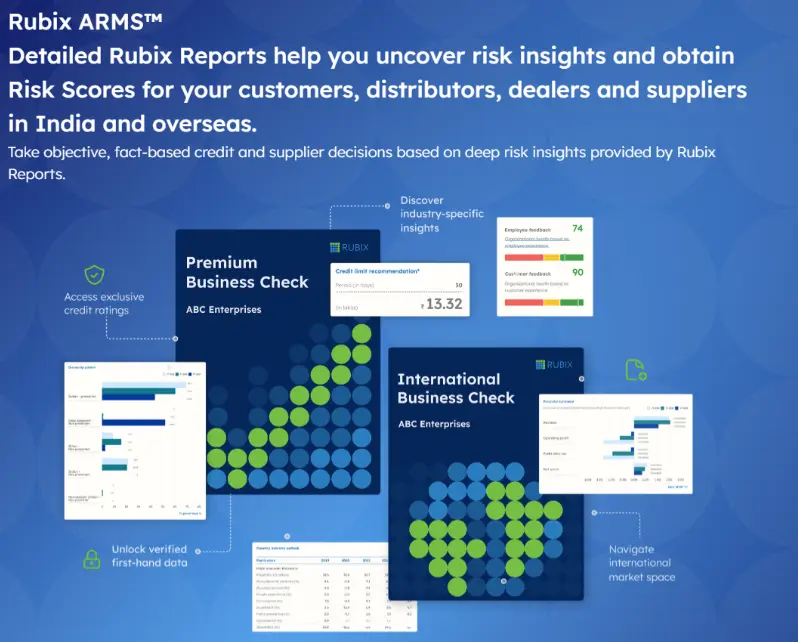Case Studies
How a Tier- 1 Fashion Retail Giant streamlined payables and receivables, to strengthen its Supply Chain.

India’s textile and apparel industry is built on the backbone of MSMEs, from cotton yarn producers and dyeing units to stitching workshops and accessory suppliers. These small and mid-sized businesses power the retail shelves of the country’s biggest brands. But despite their importance, MSMEs often face one chronic challenge: working capital. Cash-strapped and dependent on delayed receivables, their operations are vulnerable to supply shocks, payment delays, and demand surges. For a Tier-1 fashion retail brand that sources from hundreds of such vendors and dealers, ensuring timely payments and consistent cash flow across the supply chain is a strategic imperative.
This becomes even more critical now, as global apparel supply chains are in flux. With rising tariffs on Chinese imports and disruptions in Bangladesh’s garment sector, India is poised to take on a larger share of the global fashion market. According to McKinsey, this shift could unlock massive growth opportunities for Indian brands—but only if their suppliers are financially equipped to scale.
That’s where Supply Chain Finance (SCF) comes in. By offering real-time working capital access through digitized financing, SCF empowers MSMEs to meet growing demand, while allowing large corporates to build more resilient, responsive supply chains.
Let’s take a look at how a $1.4B Indian fashion retail conglomerate partnered with Vayana and one of India’s top 5 private banks to transform its supply chain through SCF.
Challenge: A Growing Business Held Back by Legacy Systems
This Tier-1 fashion retailer, with over $1.4 billion in turnover, had a vast supplier and distributor base spread across India. Yet, behind the scenes, operational inefficiencies were mounting:
- Vendor onboarding was manual and time-consuming
- Financing cycles lacked automation and transparency
- Payment timelines were delayed, affecting supplier morale
- The bank partner struggled to scale the financing program with the growing demand
For a brand known for its agility and consumer focus in making fashion accessible to a diverse Indian demographic, this backend friction was a growing concern.
One of India’s top 5 private sector banks partnered with the corporate, to offer structured financing solutions. But scaling the program required more than just capital. It needed a tech-led SCF platform to orchestrate the entire lifecycle of Dealer, Vendor, and Payable Financing.
That’s when Vayana stepped in as the Supply Chain Finance Technology Partner.
Solution: End-to-End Financing, Automated and Integrated
Vayana implemented a full-stack SCF solution that transformed the program from a manual setup into a fully digitized experience. Key elements included:
- Digital onboarding of suppliers, dealers, and vendors with in-built checks
- A centralized dashboard offering transparency and real-time visibility to all stakeholders
- Automated workflows across payable, dealer, and vendor financing
- Backend limit monitoring systems for the bank to manage exposure and risk
What previously took days of follow-ups and coordination is now being processed in minutes, securely and at scale.
Impact in Just 2.5 Years
- $250 Mn program size
- Over 600+ counterparties onboarded
- 78% utilization across the program
- Time to finance reduced to just 5 minutes from invoice file upload to vendor credit
The bank saw an 8X book growth over the same period, with reduced operational load and better visibility on compliance. The corporate, on the other hand, benefitted from:
- Faster working capital cycles
- Improved supplier trust and loyalty
- Reduced payment friction and delays
Vayana helps build a Stronger Supply Chain, Beyond Finance.
By bringing suppliers and dealers into a transparent, real-time financing ecosystem, the corporate signaled a long-term commitment to its partners. Vendors and Dealers, often MSMEs with limited access to formal credit, now have ample cashflow – enabling them to deliver better, faster, and more consistently.
Fashion Retail supply chains today must be as responsive as consumer expectations. It’s no longer enough to have great products and wide reach. What happens behind the scenes: how quickly suppliers get paid, how reliably vendors are financed, and how easily partners can be on board. This can make or break a brand’s ability to grow. With the right SCF architecture, fashion brands can future-proof not just their operations, but their entire ecosystem.







